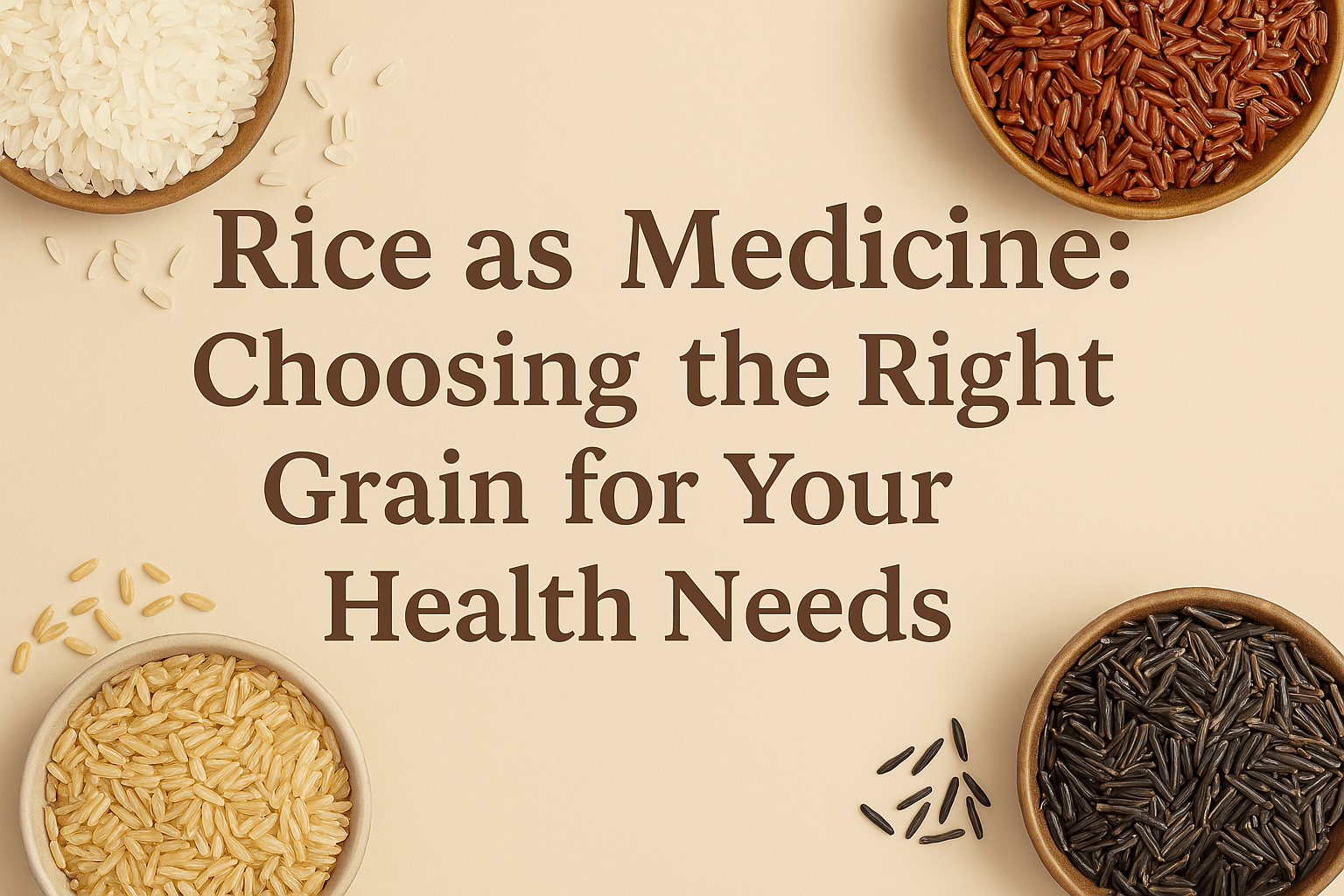
Maintaining a balanced and nutritious diet is essential for overall well-being, and men are no exception. However, due to various factors like hectic schedules, poor dietary choices, and lifestyle habits, men often fall victim to nutritional deficiencies. Dhanush Kumar explores the most common nutritional deficiencies that men encounter, their potential health impacts, and strategies to combat them for a healthier and more fulfilling life.
Iron Deficiency

Iron, an essential mineral, plays a crucial role in the production of red blood cells and oxygen transport throughout the body. Iron deficiency affects men too, though it is more prevalent among women. The lack of iron can lead to fatigue, weakness, and decreased cognitive function. Encouraging iron-rich foods such as lean red meat, spinach, lentils, and cereals can help combat this deficiency.
Vitamin D Deficiency

Vitamin D, often referred to as the ‘sunshine vitamin’ is synthesized in the body when the skin is exposed to sunlight. However, due to modern sedentary lifestyles and limited sun exposure, many men suffer from inadequate levels of Vitamin D. This deficiency has been associated with decreased bone health, increased risk of certain cancers, and weakened immune function. Including Vitamin D-rich foods such as fatty fish, and dairy products, and spending time outdoors can help address this deficiency.
Vitamin B12 Deficiency

Vitamin B12 is vital for nerve function, red blood cell production, and maintaining cognitive health. Symptoms of deficiency include fatigue, memory loss, and numbness or tingling in the extremities. Incorporating foods like lean meats, fish, eggs, and plant-based alternatives can help address this nutritional gap.
Magnesium Deficiency

Magnesium, an essential mineral involved in over 300 biochemical reactions in the body, is crucial for muscle function, energy production, and maintaining heart health. Men who engage in intense physical activity, experience high-stress levels, or consume excessive alcohol are prone to magnesium deficiency. Inadequate magnesium levels can lead to muscle cramps, sleep disturbances, and an increased risk of cardiovascular issues. Incorporating food like nuts, seeds, and whole grains can help bridge this gap.
Omega-3 Fatty Acid Deficiency

Omega-3 fatty acids, particularly EPA and DHA, play a crucial role in brain health, heart function, and reducing inflammation. Men with a low intake of fatty fish, nuts, and seeds often have insufficient omega-3 levels. This deficiency has been linked to an increased risk of cardiovascular diseases, cognitive decline, and mood disorders. Incorporating fatty fish like salmon, flaxseeds, chia seeds, and walnuts into the diet can help replenish omega-3 levels.
Conclusion
Prioritizing proper nutrition is vital for men to lead healthy and fulfilling lives. By recognizing the common nutritional deficiencies men face and making conscious efforts to address them, individuals can unlock their full potential and enjoy improved energy levels, mental clarity, and overall well-being.

























